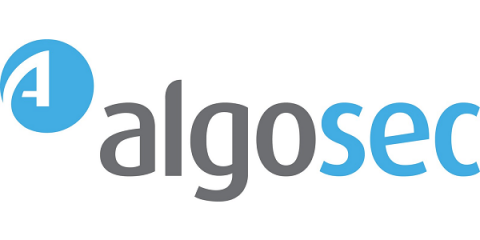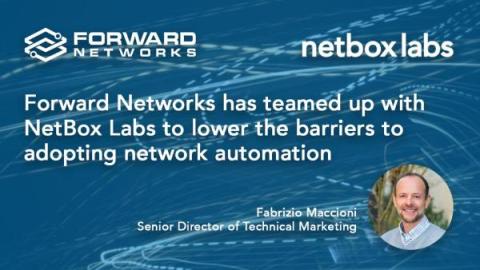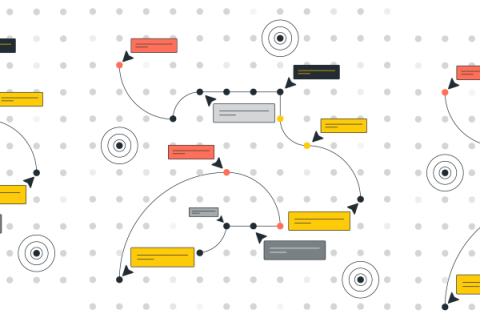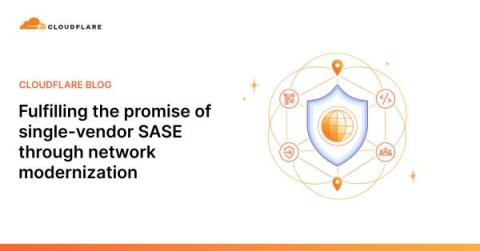Secure networking starts (and ends) at the endpoint
The last decade has been challenging for the cyber industry. Attackers always seem to have the upper hand while defenders play catch up. It’s common to point to the ever-accelerating frequency and sophistication of attacks, siloed security that creates gaps, and a shortage of skilled cyber professionals as rationale for this lagging position. All are true but none represent the core reason for our current situation.







